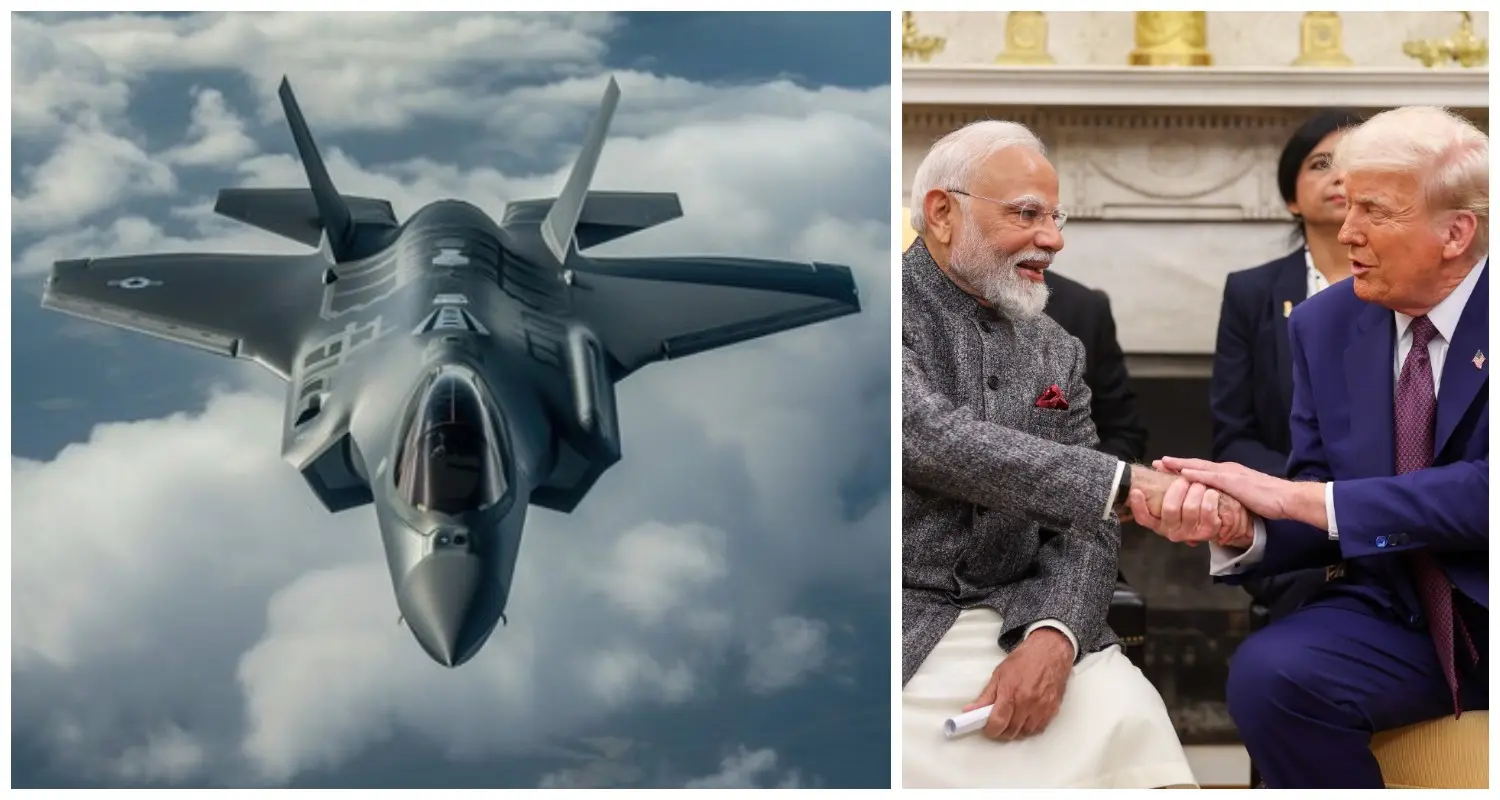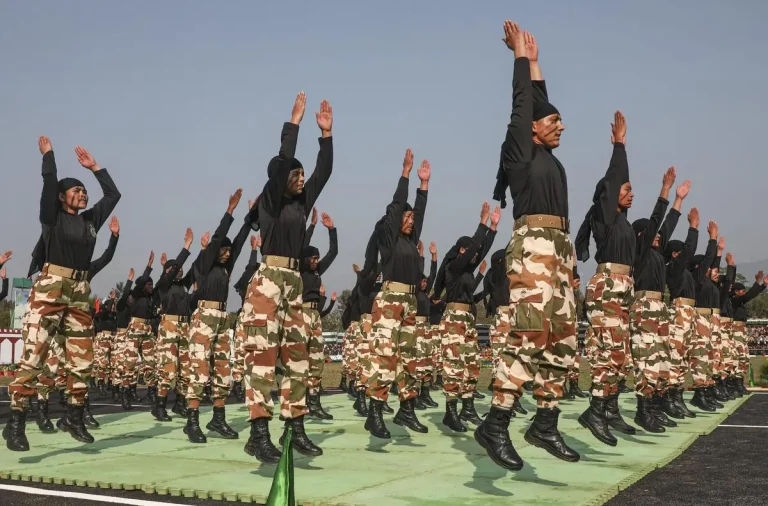The United States has confirmed that the anticipated sale of F-35 stealth fighters to the Indian Air Force (IAF) will be a focal point in the forthcoming Indo-US strategic talks in Washington. This initiative signifies a potential strengthening of defense collaboration between the two countries, particularly as India aims to bolster its air superiority amid China’s rapidly evolving aerial capabilities.
The F-35 Lightning II, a cutting-edge multi-role stealth fighter developed by Lockheed Martin, is viewed as a transformative asset for the IAF, currently lacking any fifth-generation fighter aircraft. India’s indigenous Advanced Medium Combat Aircraft (AMCA) program is not expected to yield operational jets until the late 2030s. This proposal emerges as China accelerates its air force modernization, demonstrating advancements with its second fifth-generation fighter, the J-35, and testing two prototypes of sixth-generation fighters anticipated by late 2024.
The prospect of supplying F-35s to India was initially proposed during a meeting between US President Donald Trump and Indian Prime Minister Narendra Modi in February 2025. Trump emphasized the significance of strengthening the strategic defense partnership and addressing mutual security challenges. However, Indian Foreign Secretary Vikram Misri later clarified that, although discussions were underway, a formal acquisition process had not yet begun.
However, the proposal comes with significant challenges for India. The F-35 is the most expensive weapon system in the US arsenal, with lifetime operational costs projected at $2 trillion for a fleet of 2,470 aircraft. For India, even acquiring a limited fleet of 40 F-35s may not meaningfully alter the balance of power against the People’s Liberation Army Air Force (PLAAF), which maintains over 1,700 fighters, including nearly 200 J-20 stealth aircraft.
Operational compatibility poses another considerable hurdle. India’s current air fleet consists of a mix of platforms, including Russian-origin SU-30MKIs and the S-400 missile defense system. The presence of the S-400 complicates the integration of the F-35, as the US previously removed NATO ally Turkey from the F-35 program over similar data security concerns related to Russia. It remains uncertain whether Washington will consider a special allowance for New Delhi.
India’s previous experiences with US defense contracts also raise skepticism regarding the F-35 proposal. Delays associated with the delivery of Apache helicopters and jet engines from a 2020 Boeing deal have provoked doubts about the reliability and timeliness of US commitments. Such issues take on heightened significance when evaluating a high-value, technologically sensitive platform like the F-35.
Strategically, while the F-35 could act as a temporary capability booster for the IAF until the AMCA becomes operational, some defense experts contend that India’s immediate priority should be on strengthening its air defense infrastructure, including indigenous initiatives such as the Akash missile system and the S-400. These systems provide layered defense against enemy aircraft and missiles, an essential aspect of modern aerial combat.
As high-level Indo-US discussions approach, the F-35 proposal is set to generate a multifaceted dialogue that navigates the complexities of technology, strategy, national sovereignty, and fiscal considerations. While the offer symbolizes growing trust between the nations, India’s ultimate decision will depend on aligning its operational requirements with its long-term defense autonomy.



















